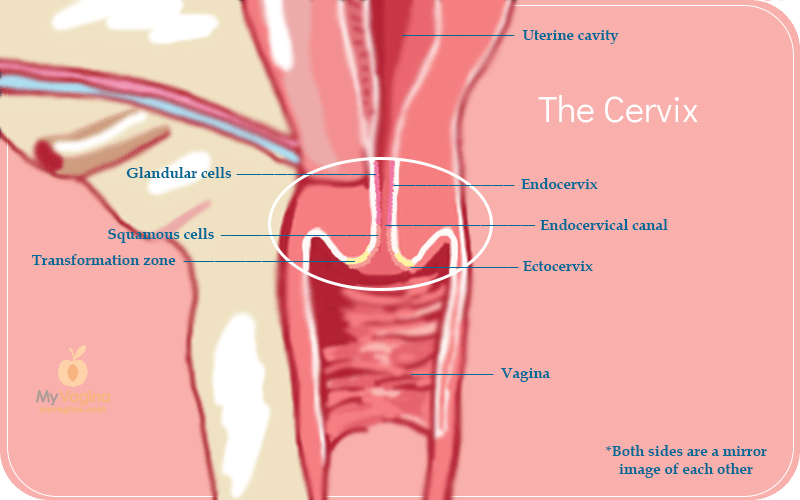Identifying early changes to your cervix may just save your life. Self-examination isn’t a replacement for a medical examination or a pap test but works alongside.
To check out your own cervix, you will need half an hour, a speculum, torch, mirror and some lubricant.
How to check out your own cervix
Step 1
Wash and dry your hands.
Step 2
Sit comfortably with your knees bent and your feet wide on a chair, couch or the floor.
Step 3
The speculum has a ‘duckbill’ and handle. Familiarise yourself with how to lock and unlock it before you start.
Use the lever to open the beaks until it clicks to lock. If you want to, run the speculum under warm water to get it to body temperature.
Step 4
Lube up the speculum and your vulva and vagina.
Step 5
Close the beaks and hold with the handle facing up, then slide the speculum in as comfortably as it will go without hurting yourself or becoming uncomfortable.
Sideways sometimes works better.
Try until it slides in comfortably. Understand what angle your vagina is on – it aims towards your tailbone/lower back, not straight up.
Your vagina tilts up and backwards, towards your spine. Be gentle.
Step 6
Squeeze the lever towards the handle to widen the beaks.
Step 7
Relax, take a few deep breaths, and work the speculum carefully while looking in the mirror.
Step 8 – what am I looking for?
You will see the vaginal wall and its folds. These are called rugae, and as you age, they tend to iron out and become paler pink.
The cervix looks round and smaller than you would think by looking at the photos – it is shaped like a doughnut, but it is not the size of a doughnut. It is more like a coin.
If you can’t see it, move the speculum around a bit or take it out completely and start again. Angle is everything.
Careful opening and closing the speculum.
Once you have found your cervix, lock open the speculum beaks and have a look around.
You will likely see fluids coming out of your cervix, which may be displaying any of the normal variations listed above.
Once you’re done, unlock the speculum and gently remove it with open or closed beaks. Wash it well then dry it and put it away.

Tips for checking out your own cervix
- You may want to check out the Beautiful Cervix Project – there are some weird and wonderful photos of cervices in every part of the woman’s cycle that might help you to understand what you are seeing without having to read a manual.
- Funnel the torchlight if you can, making it stronger in a single beam, rather than diffusing.
- Get someone to help you – a lover or (very) good friend perhaps.
- If you can’t see your cervix, try again another day – sometimes it is very high and hard to see, depending on where you’re at in your cycle.
- If you see something that worries you, go and see your physician to be examined – don’t self-diagnose.
The most comprehensive vaginal microbiome test you can take at home, brought to you by world-leading vaginal microbiome scientists at Juno Bio.
Unique, comprehensive BV, AV and 'mystery bad vag' treatment guide, one-of-a-kind system, with effective, innovative treatments.
Promote and support a protective vaginal microbiome with tailored probiotic species.





